

MetaMask is one of the most popular names in the Web3 space. This crypto wallet, which surpassed over 30 million active monthly users earlier last year, is often the first point of contact for many people in the NFT ecosystem. It serves as a gateway to the Ethereum blockchain for many where you can buy and sell digital assets.
Whether you are transitioning away from an existing software wallet or looking to buy ETH and build an NFT collection for the very first time, this blog post will guide you through some of the basics of the MetaMask wallet and give you the differences between a software and hardware wallet.
So let us begin!
What is MetaMask?
MetaMask is a free-to-use browser extension and mobile app which allows you to interact with the Ethereum blockchain. Just like in the real world, you require a wallet to store money and buy things, a software wallet lets you do similar things like buying, selling, and trading digital assets like cryptocurrencies and NFTs.
MetaMask wallet is one of the most recognizable and widely used software wallets which is out there. This wallet has been among us since 2016 and allows users to store Ether and other ERC-20 tokens.
Through MetaMask users can connect to Ethereum-based dApps to spend coins in games and trade them on decentralized exchanges like Uniswap.
Let’s understand the difference between a software and a hardware wallet.
Hardware vs software wallets
If you want to set up your own crypto wallet, it’s essential to understand the basic differences between software and hardware wallet types. MetaMask wallet for example is a software (hot) wallet.
Software wallets are those kinds of wallets that can be easily downloaded and installed either as a desktop extension or use it as a mobile app. It allows you to store digital assets online. Software wallets like MetaMask are highly user-friendly and only require an internet connection and a browser. These kinds of software wallets are easy to use but this also means that they are highly susceptible to hacks and therefore are less safe than hardware (cold) wallets.
Hardware wallets on the other hand are like physical devices which are similar to a USB drive, but the only downgrade to that is you can only store crypto assets on it and nothing else. Hardware wallets store digital assets offline that’s why they are considered to be far safer as compared to software wallets.
Conclusion
That ends our discussion for today about the MetaMask wallet and the differences between a software and hardware wallet. MetaMask is one of the most innovative support measures for Ethereum transactions and digital asset management.
MetaMask wallet allows you to integrate the decentralized applications and create a universe where you can enter virtually and use tokens for games or gambles, send or receive ETH, and much more.
We hope that you found this article informative and helpful in your quest to explore the ever-changing crypto world.